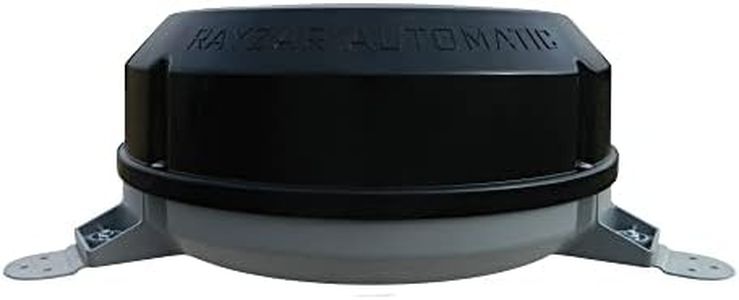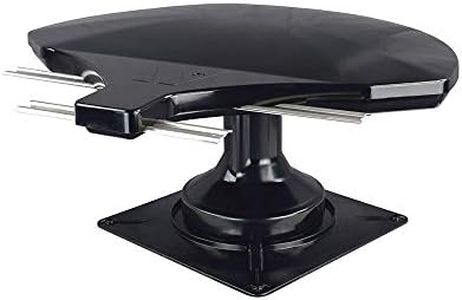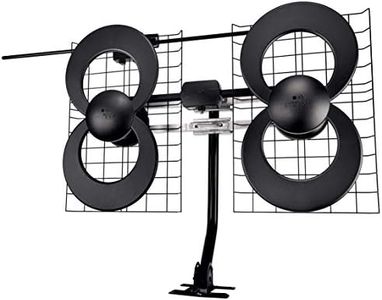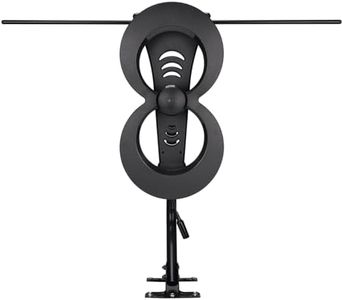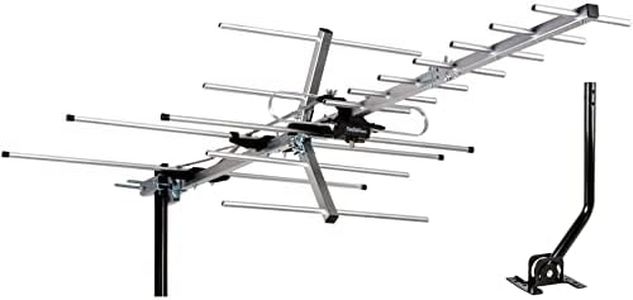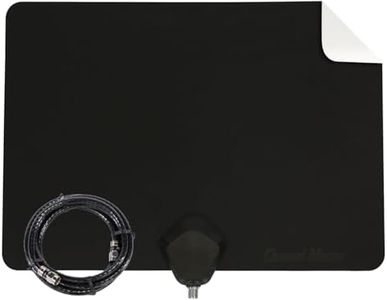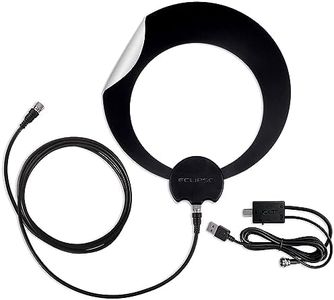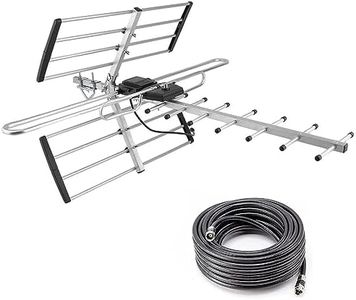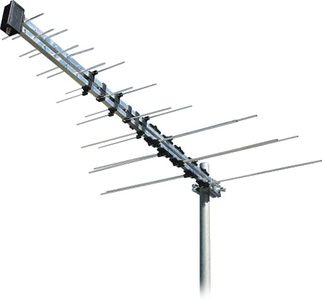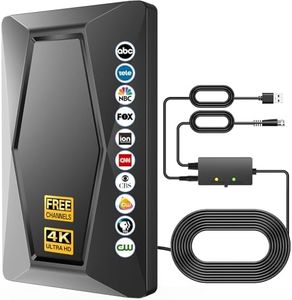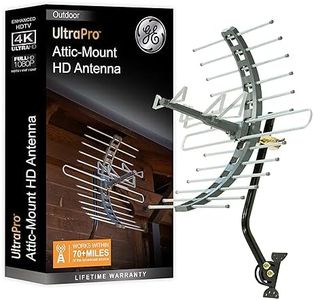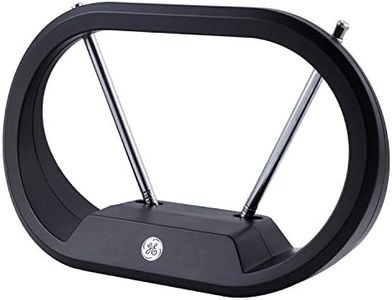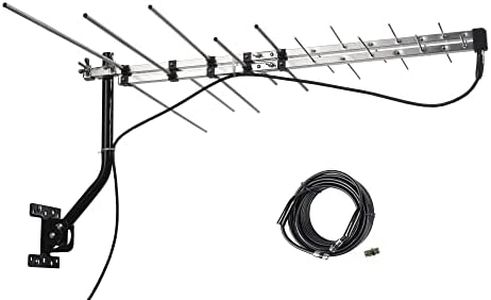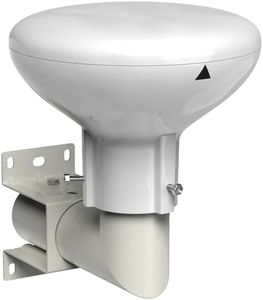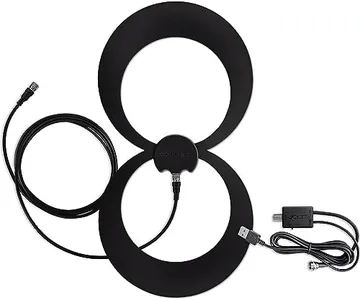We Use CookiesWe use cookies to enhance the security, performance,
functionality and for analytical and promotional activities. By continuing to browse this site you
are agreeing to our privacy policy
10 Best Digital TV Antennas
From leading brands and best sellers available on the web.Buying Guide for the Best Digital TV Antennas
Choosing the right digital TV antenna can make a big difference in the quality and number of channels you receive. The best approach is to match the antenna’s features to your location, the distance to broadcast towers, and the kind of television experience you want. It's important to consider where you live (urban, suburban, rural), where you plan to install the antenna (indoors or outdoors), and what channels matter most to you. A good fit means clearer reception and more reliable TV signal.Antenna Type (Indoor vs Outdoor)The antenna type refers to whether it's designed for use inside your home (indoor) or mounted outside (outdoor). Indoor antennas are usually smaller, easier to install, and work best if you live close to broadcast towers—like in a city or dense suburb. Outdoor antennas, on the other hand, are larger and require more effort to install but provide better reception, especially if you live farther from signal sources in rural or fringe areas. Your pick should depend on your home’s distance from the signal source, available space, and willingness to install the product.
RangeRange indicates how far the antenna can receive signals from broadcast towers, usually measured in miles or kilometers. Antennas with a lower range (under 25 miles) are suitable for people near city centers where the towers are close. Mid-range antennas (25-50 miles) fit most suburbs, while high-range antennas (50 miles or more) are better for rural or remote locations. To find the right range for you, use online tools or maps to check how far you live from the nearest TV broadcast towers, then choose an antenna with a range that covers that distance with a little buffer.
Signal Direction (Unidirectional vs Multidirectional)Signal direction refers to whether the antenna needs to be pointed toward a single broadcast tower (unidirectional) or can receive signals from multiple directions at once (multidirectional). Unidirectional antennas tend to pull in signals better from a specific direction but need to be aimed precisely, making them good for areas where towers are clustered together. Multidirectional antennas can pick up signals from all around, which is helpful if channels come from different directions or if you move the antenna often. Your choice should be guided by whether you want simplicity (multidirectional) or stronger reception from known tower locations (unidirectional).
Antenna Size and DesignSize and design refer not just to the physical dimensions but also the look and whether the antenna can be placed discreetly. Smaller, compact models are ideal for apartments or modern living spaces but may have limited range. Larger, more conspicuous designs generally perform better for long-range reception but require more space and may be less attractive indoors. Choose a size that matches your aesthetic preferences and available space, ensuring it fits where you plan to use it.
AmplificationAmplification means the antenna has a built-in signal booster to help pick up weaker or distant channels. Amplified antennas can improve reception in areas with weak signals, but in locations with strong signals, they might cause interference. Non-amplified antennas are simpler and work well where signal strength is already good. Decide on amplification based on your location—if you have trouble with fuzzy channels or are far from towers, amplification could help; otherwise, you may not need it.
Supported Frequencies (VHF/UHF)Supported frequencies refer to whether the antenna picks up VHF (Very High Frequency), UHF (Ultra High Frequency), or both types of signals. Some TV stations broadcast on VHF, others on UHF, so an antenna that supports both will let you receive all available local channels. Before picking, check which channels you want and their broadcast frequency—most households benefit from an antenna that supports both VHF and UHF for maximum flexibility.
Ease of InstallationEase of installation concerns how simple it is to set up the antenna in your preferred spot. Some designs come with tools, mounting hardware, and simple instructions, making do-it-yourself setup quick. Others may require professional assistance, especially for outdoor mounting or when placing the antenna in a challenging location. Think about your comfort level with installing devices and where you plan to put the antenna; pick one you’ll be able to set up by yourself if you want the simplest solution.
